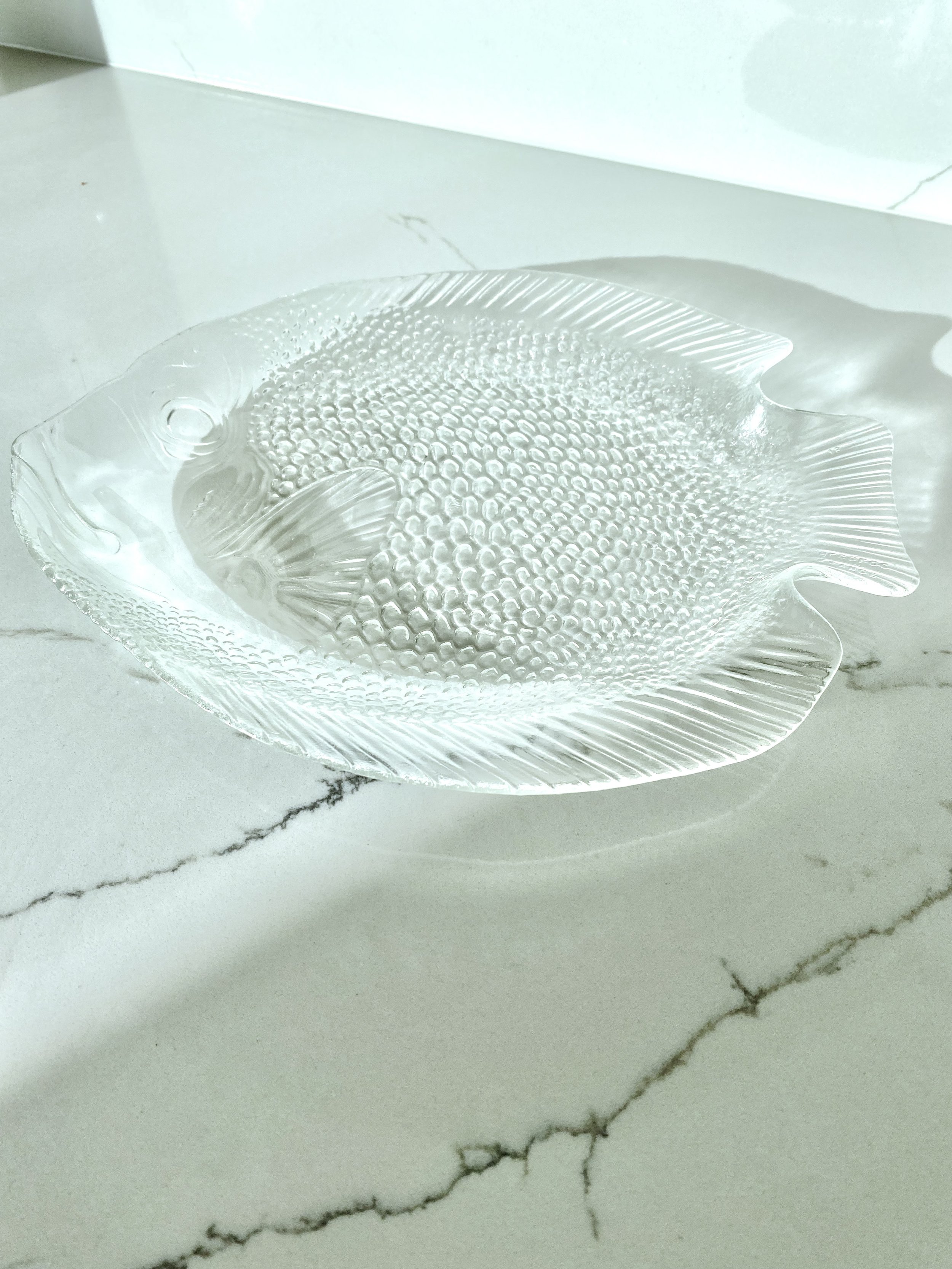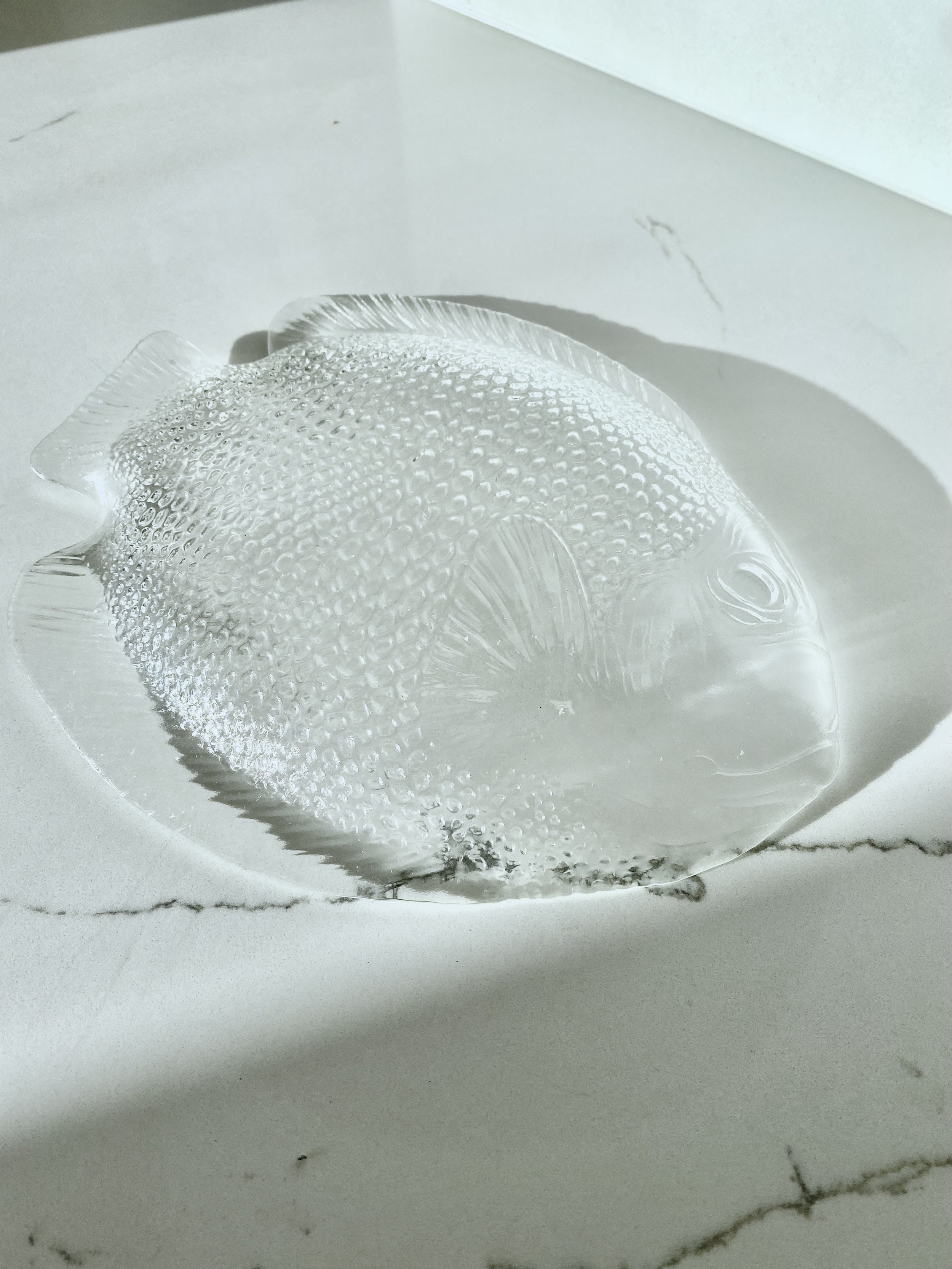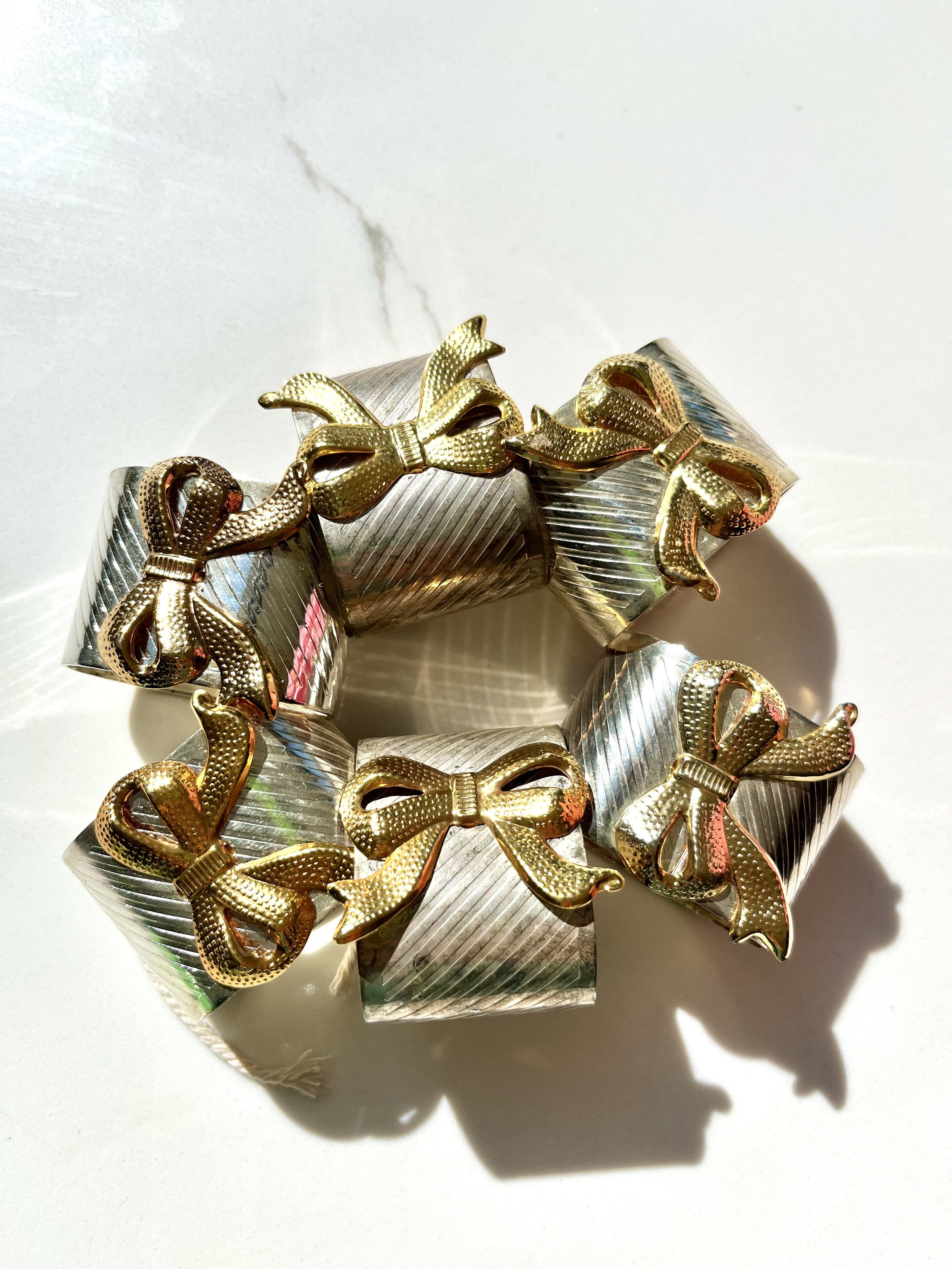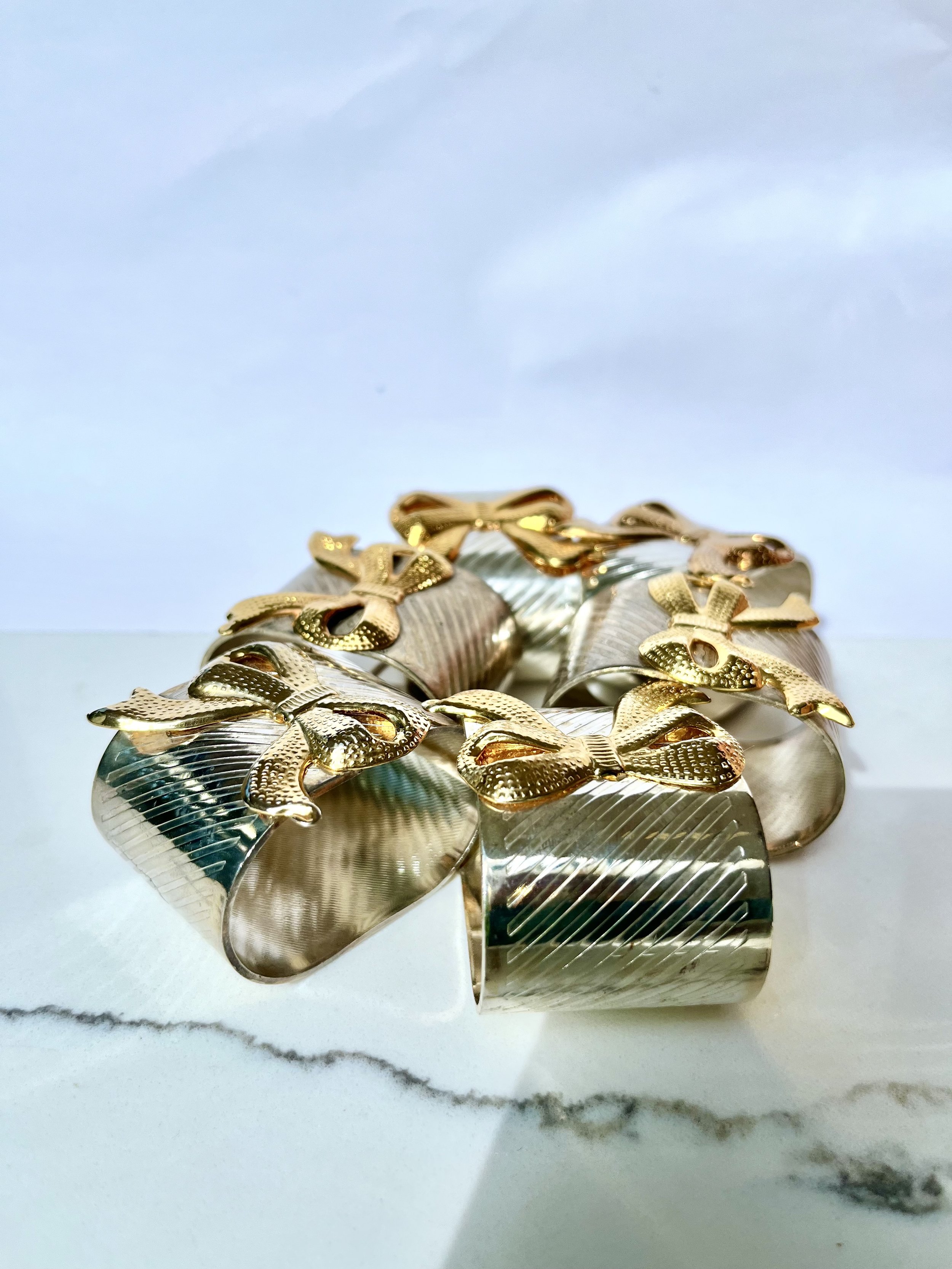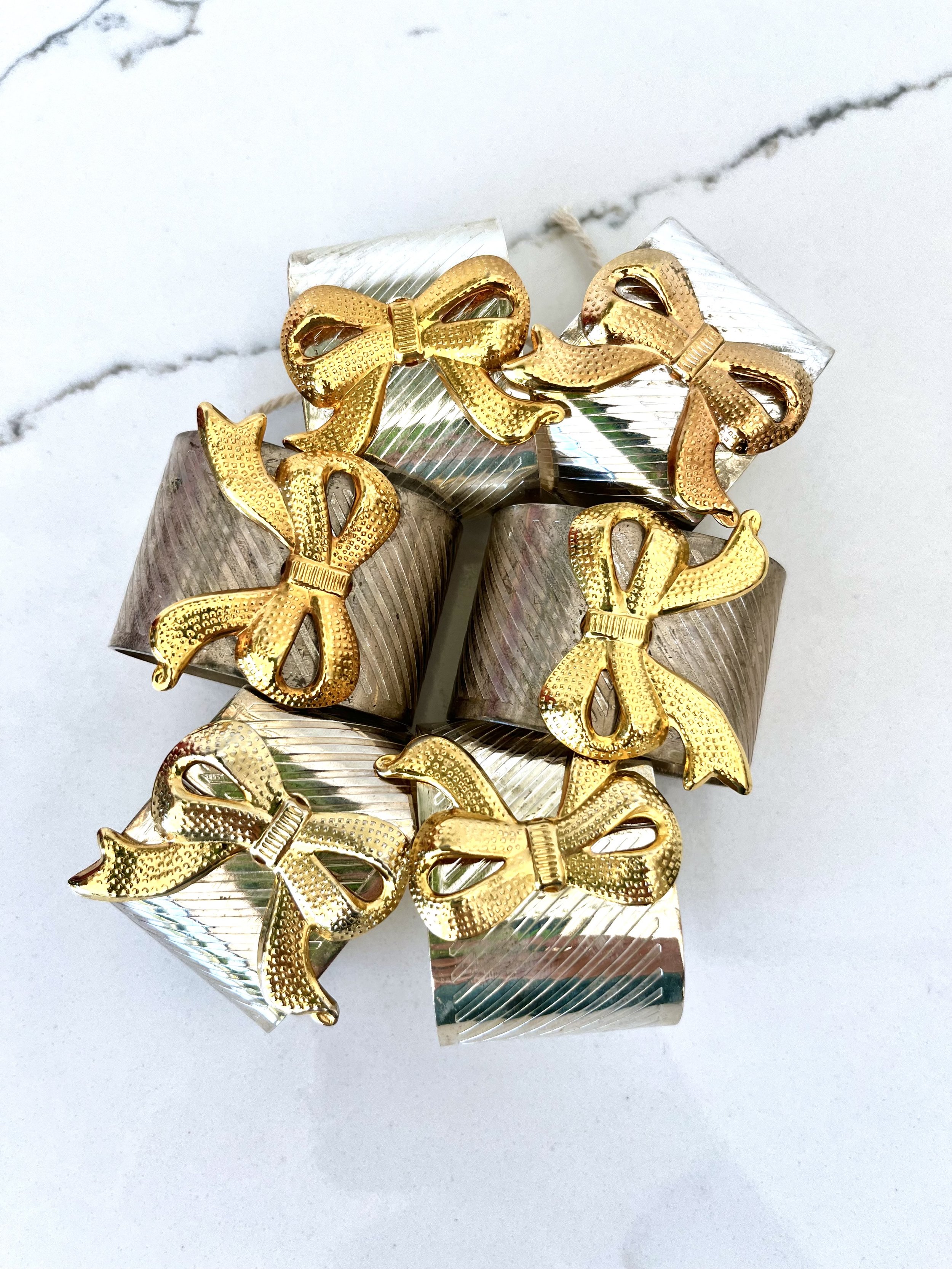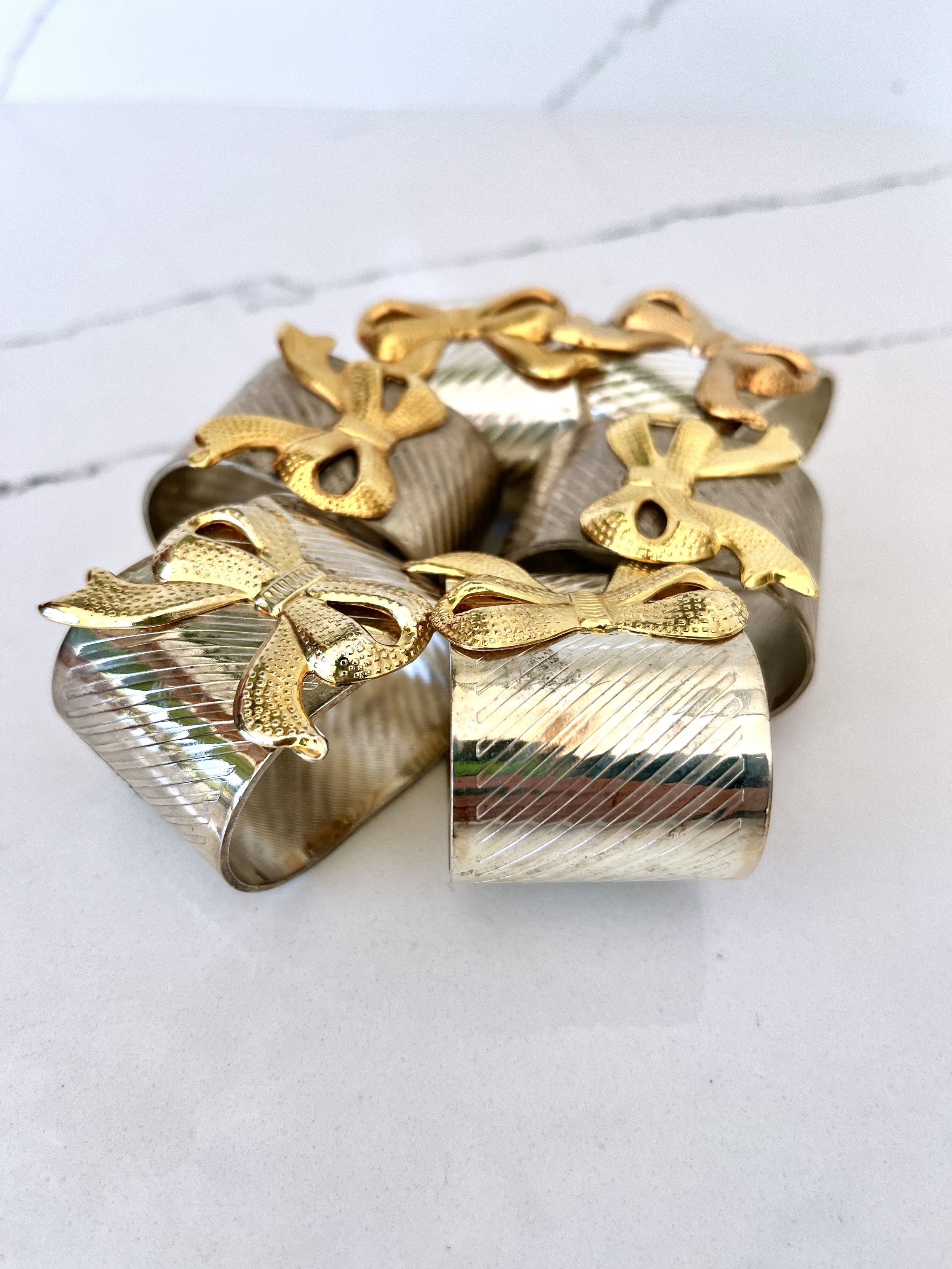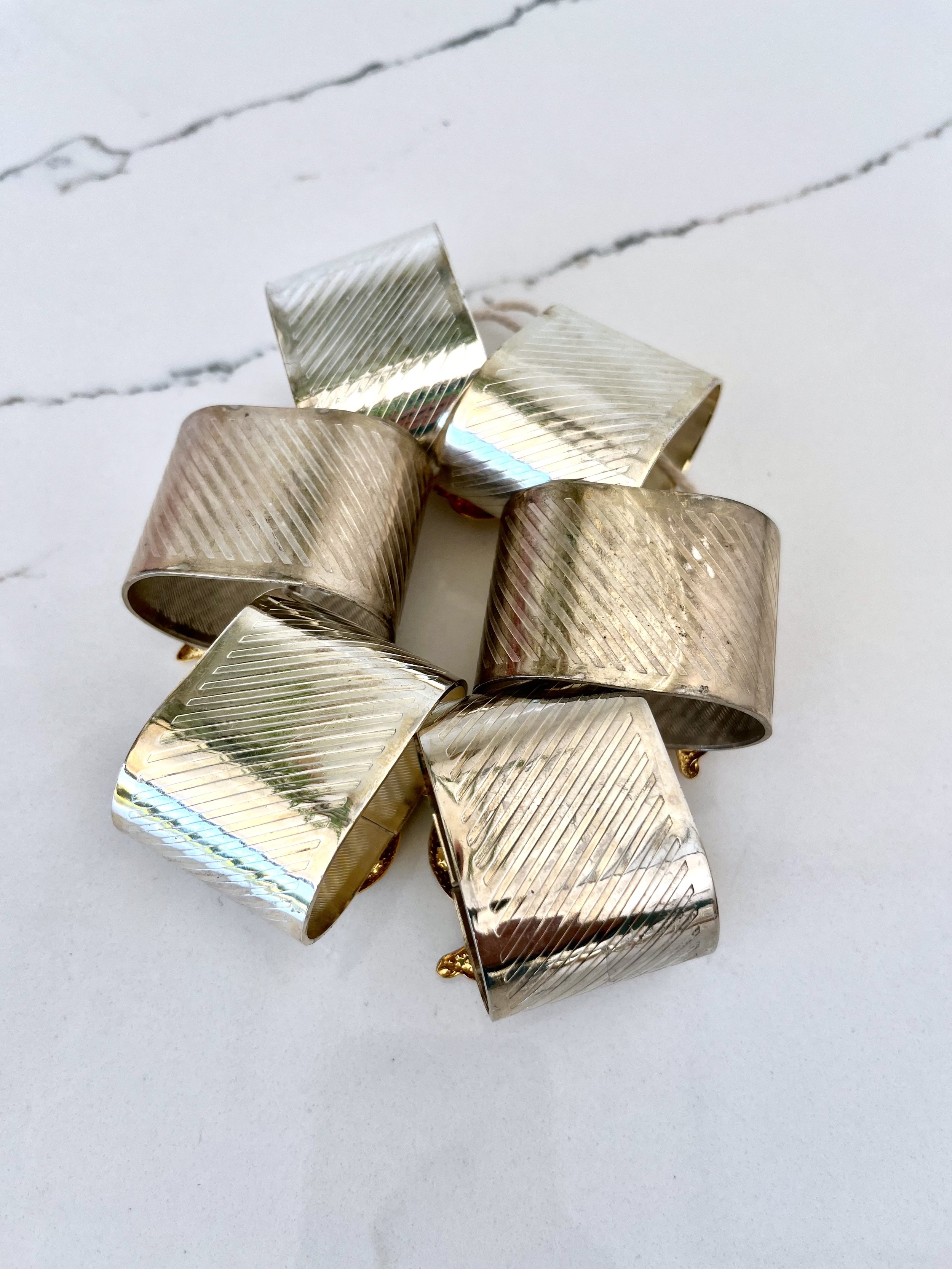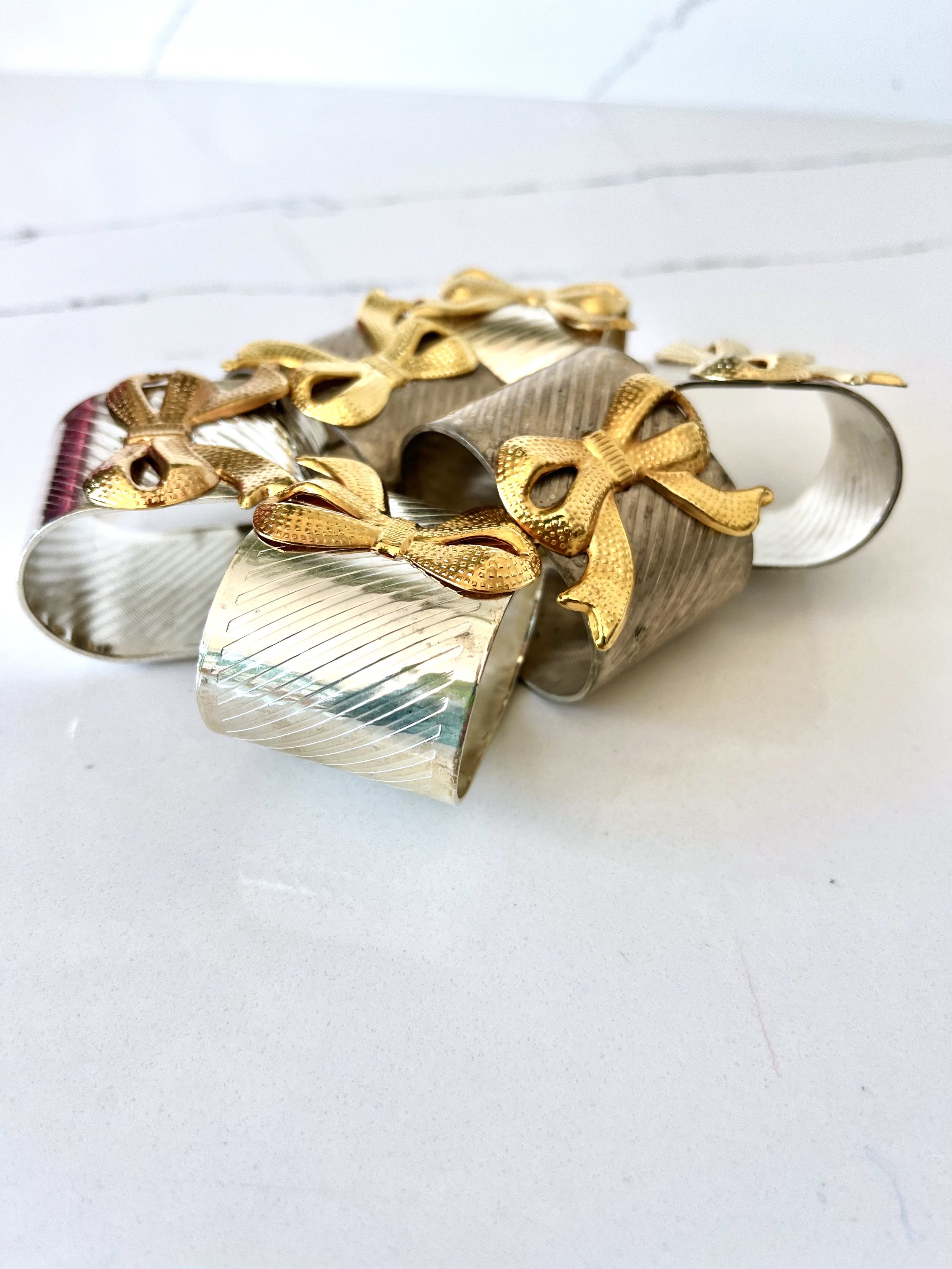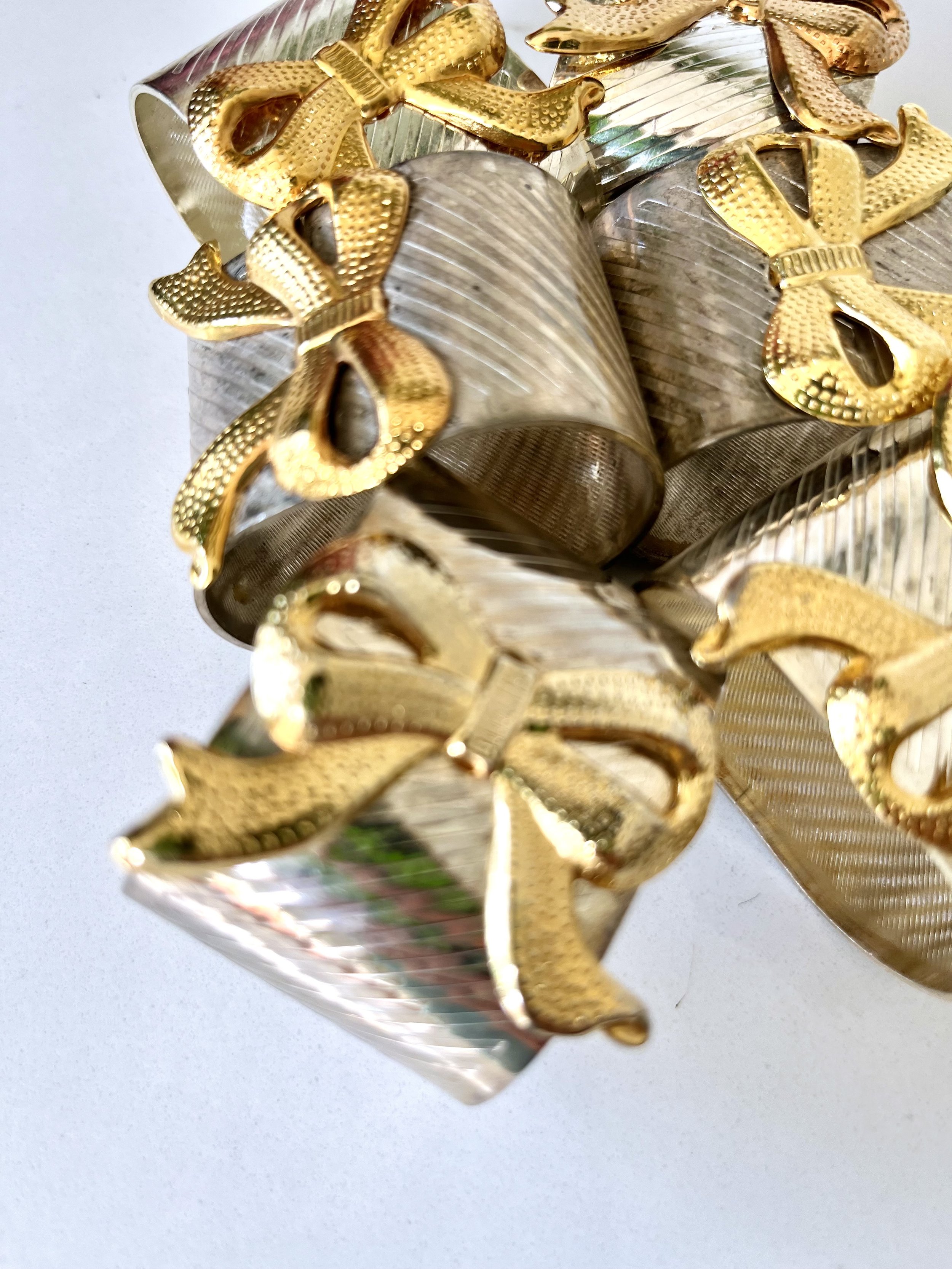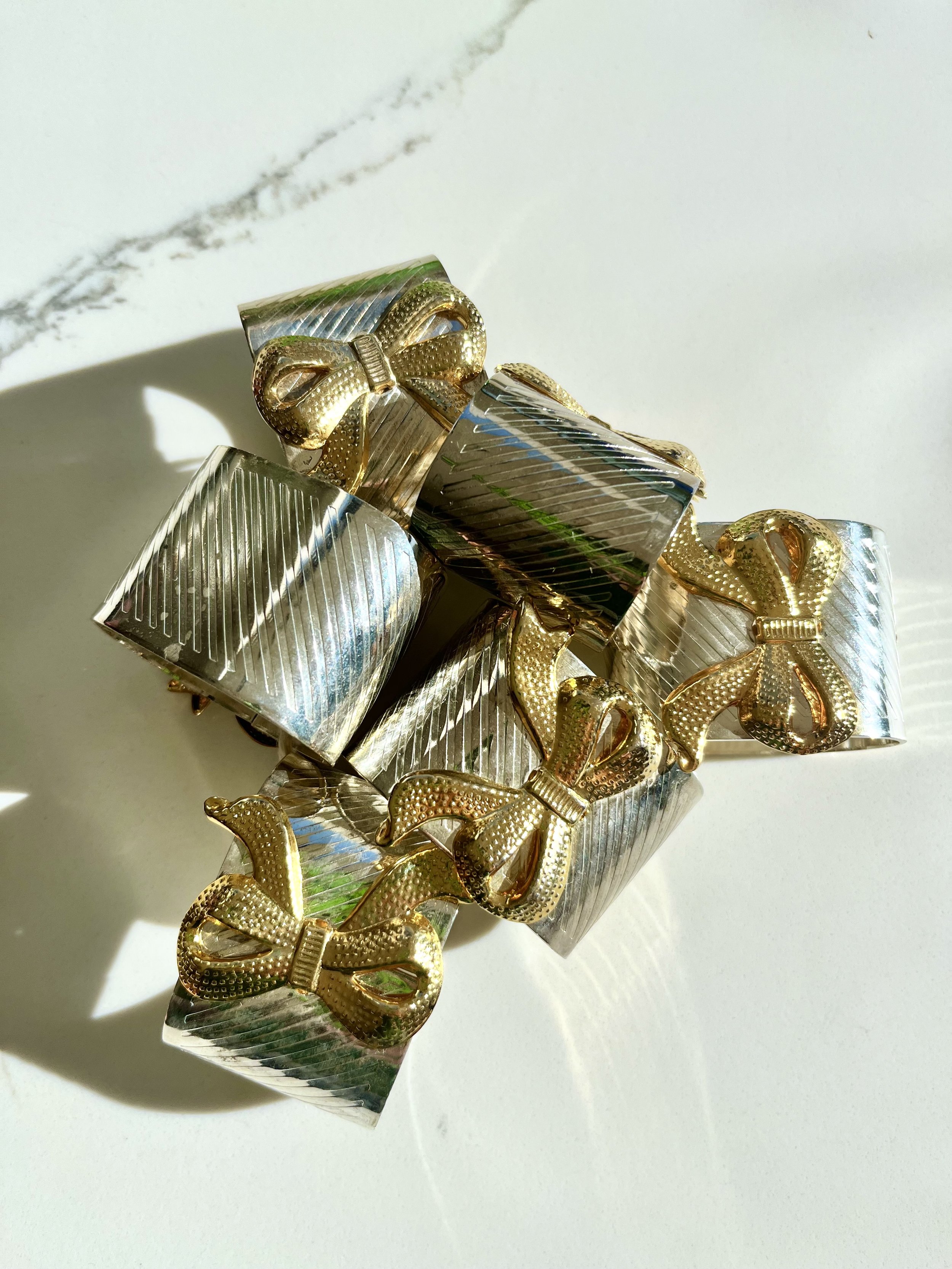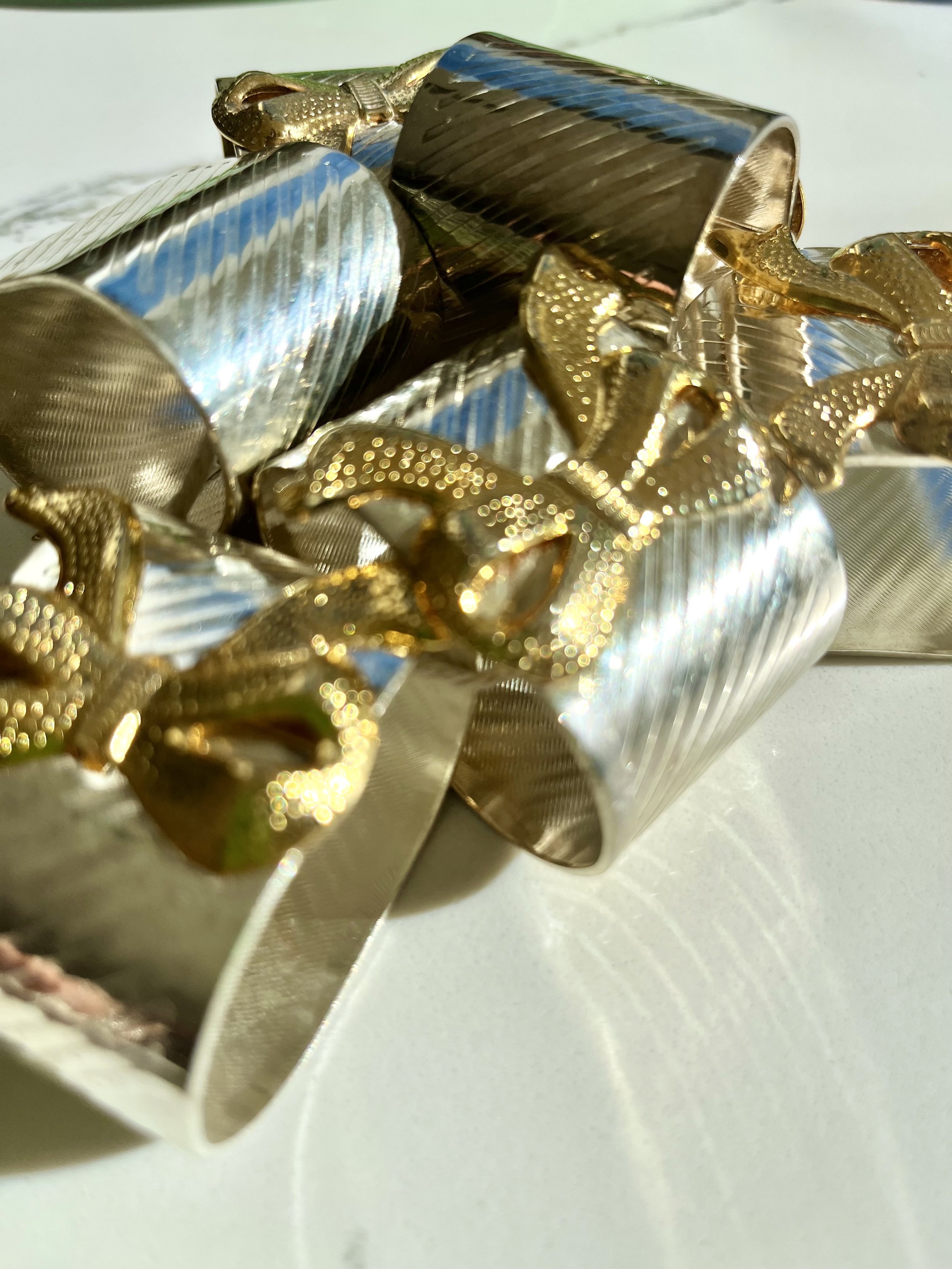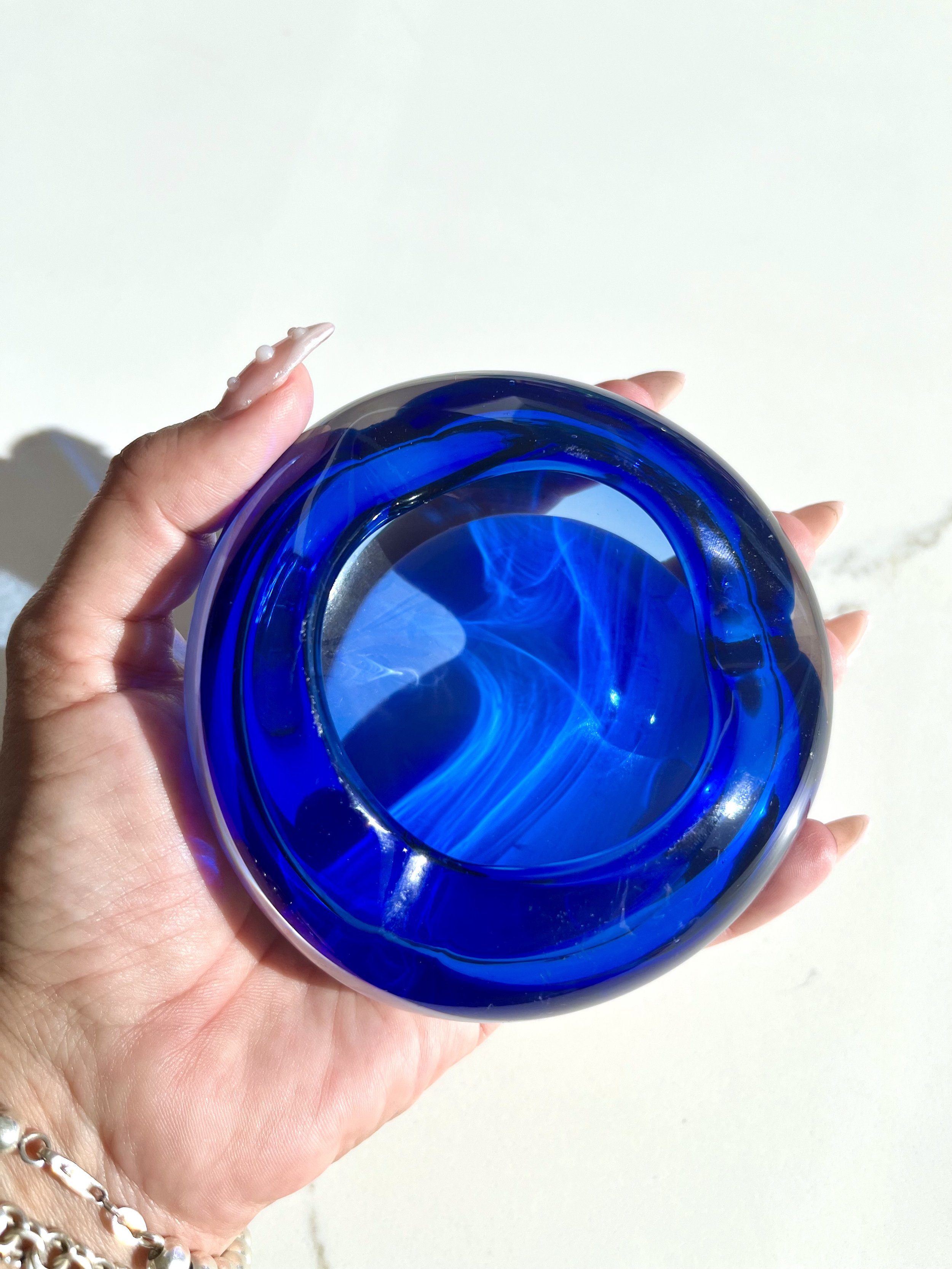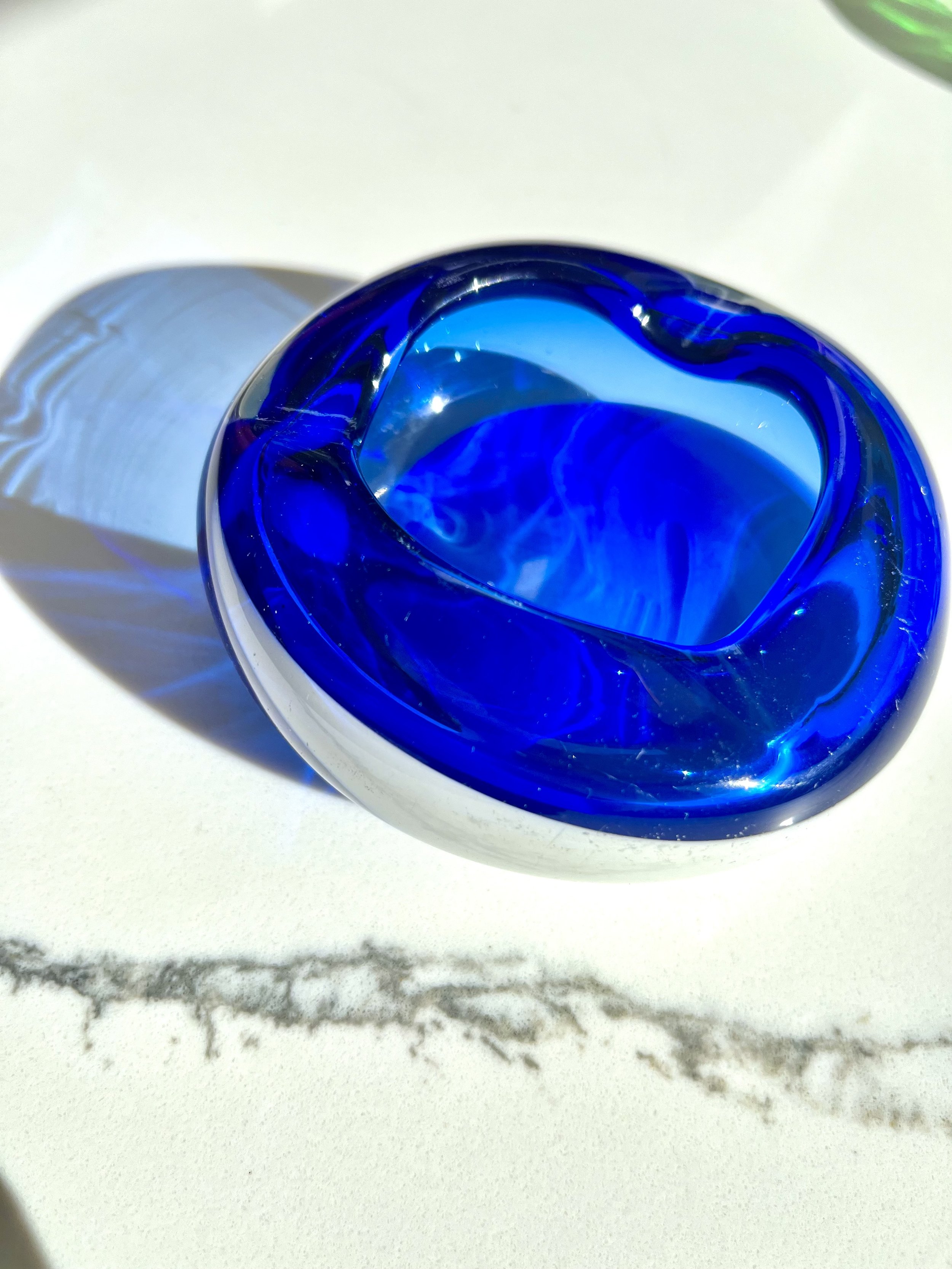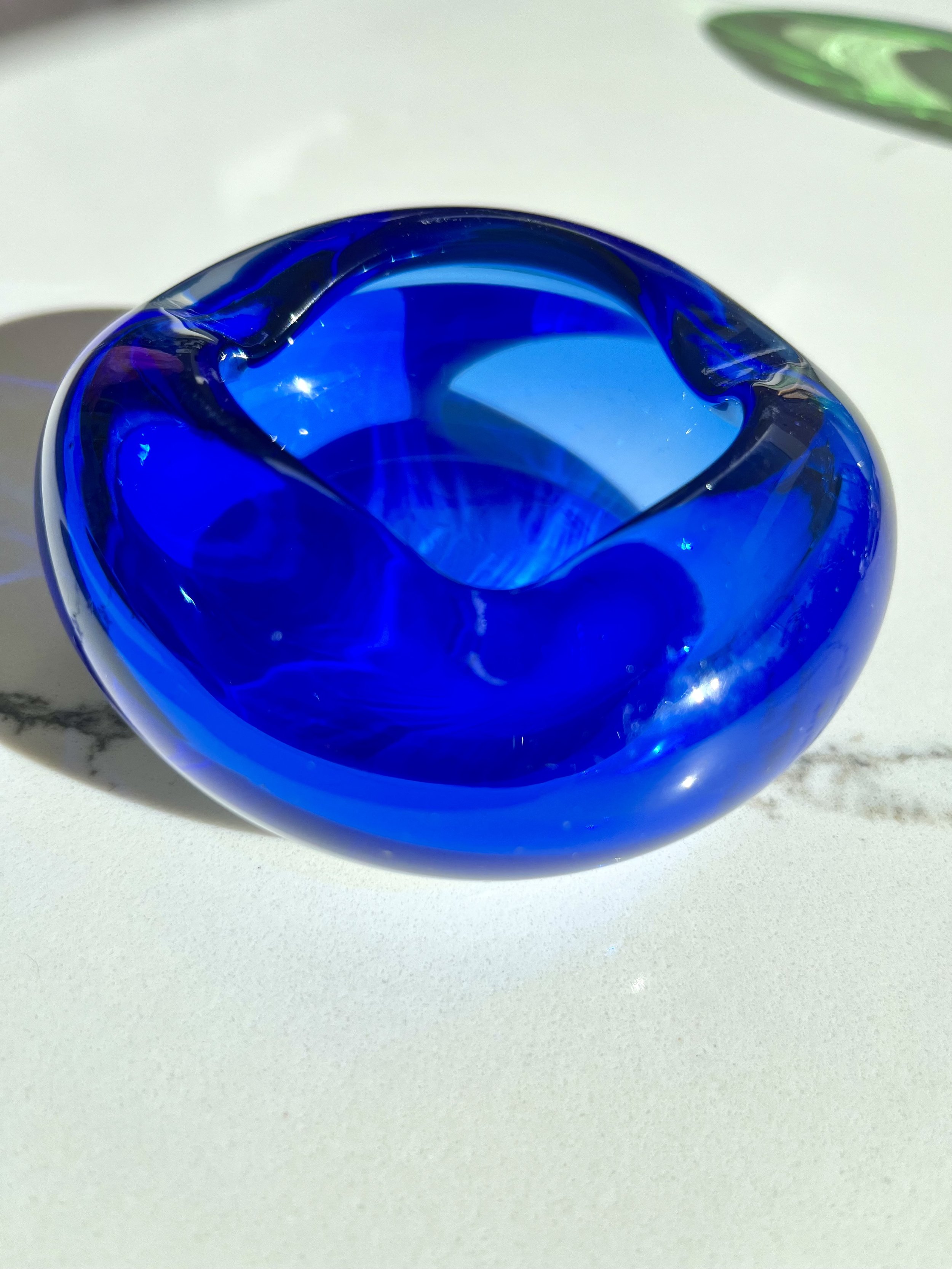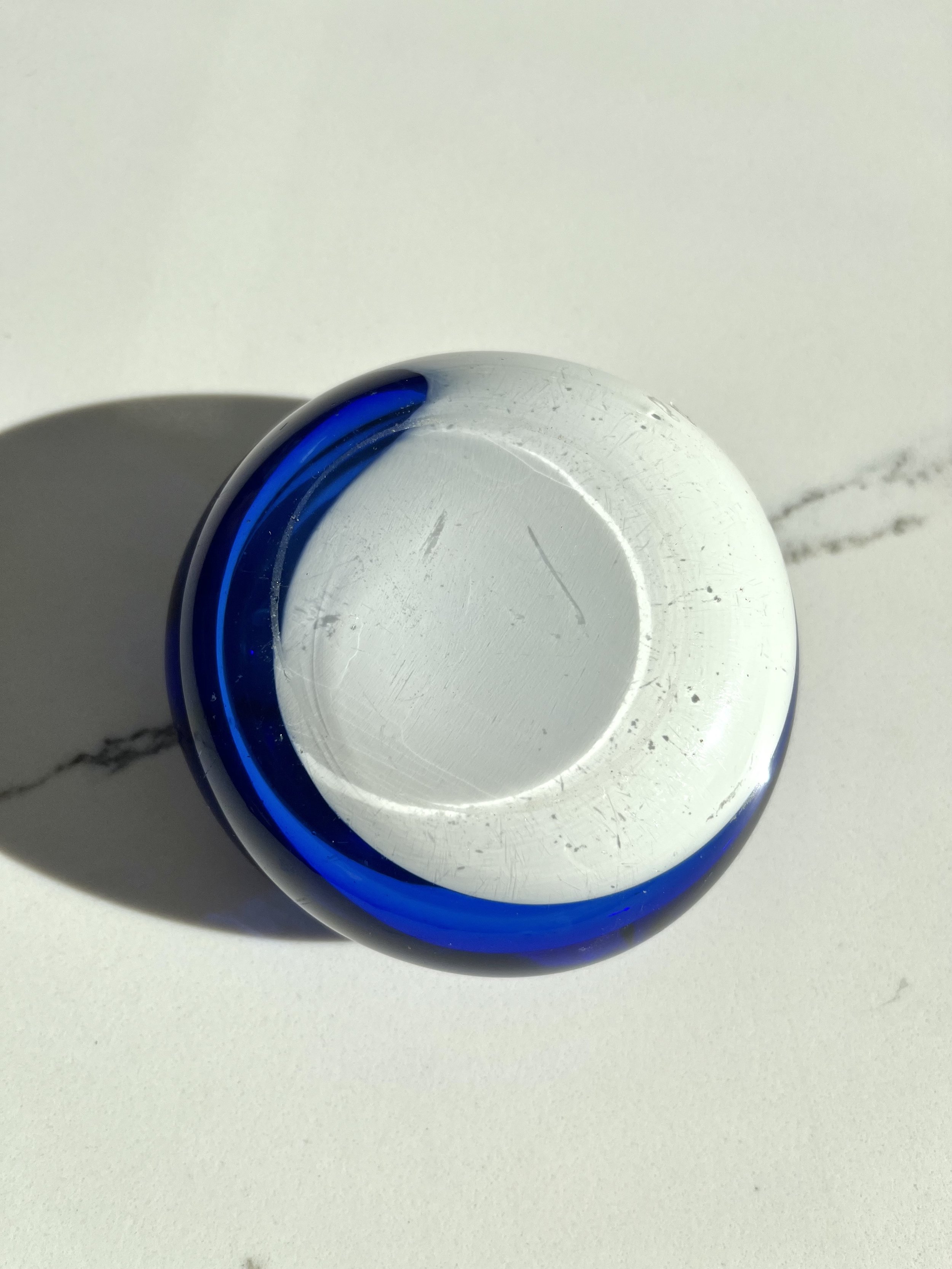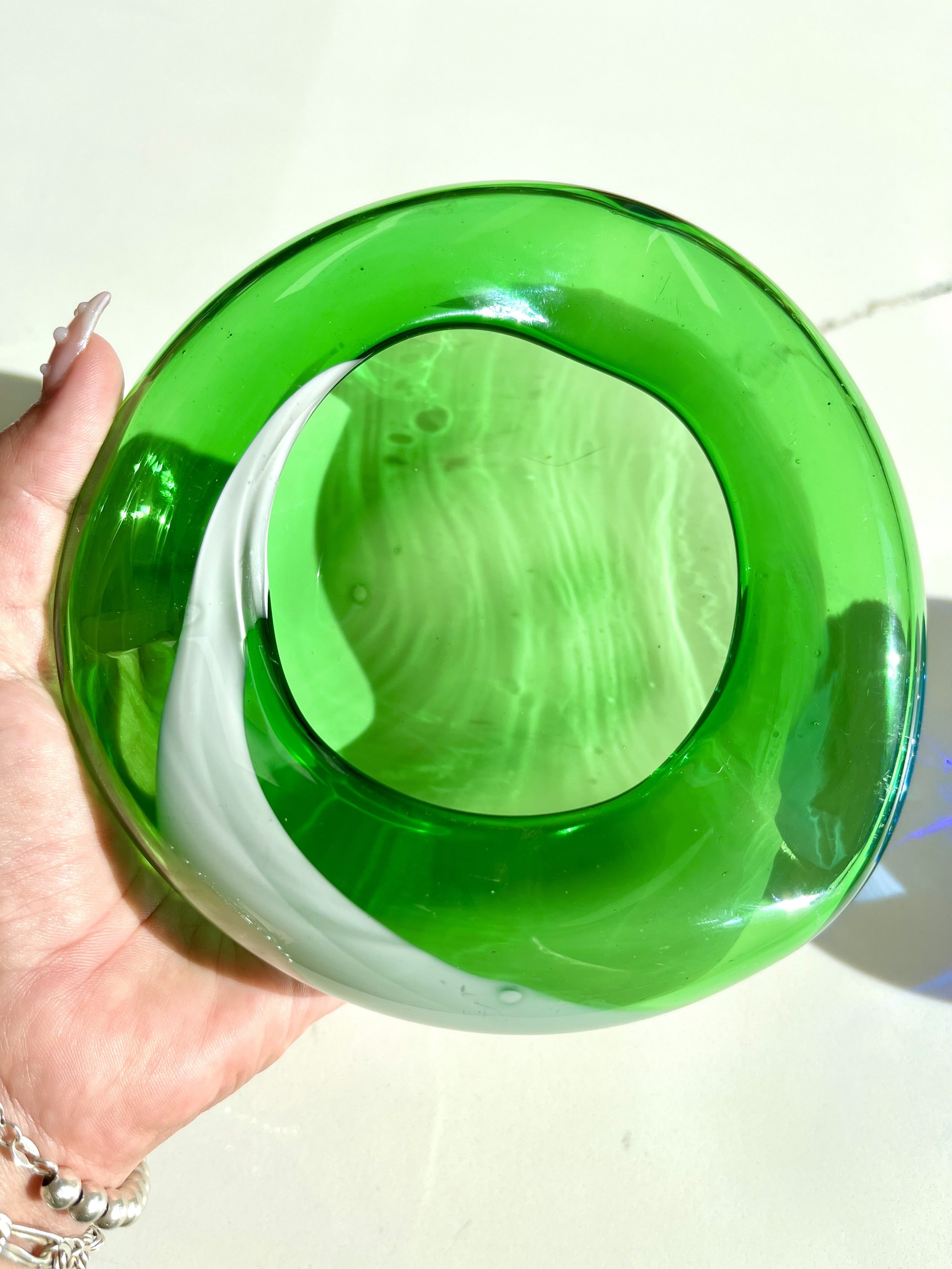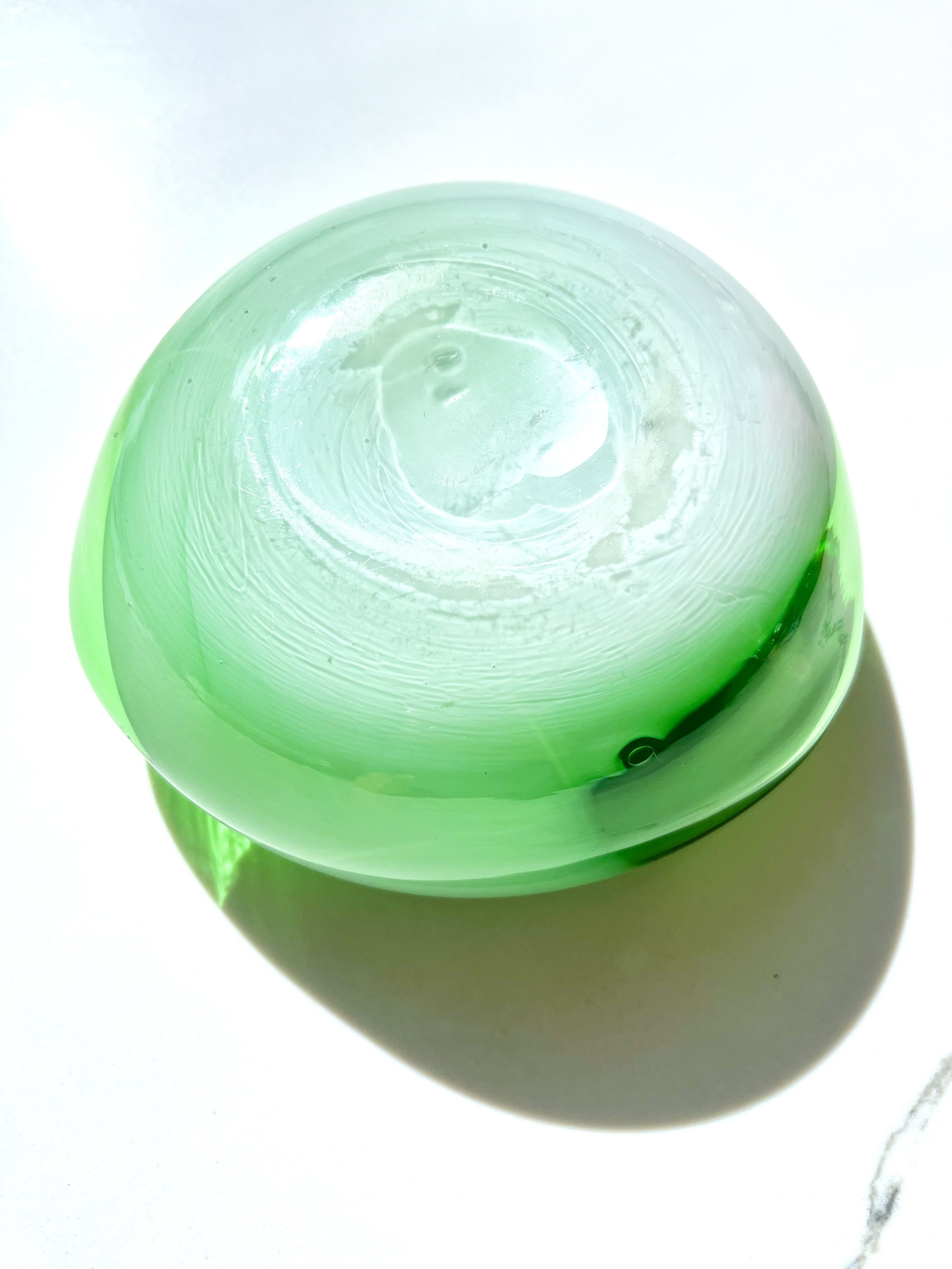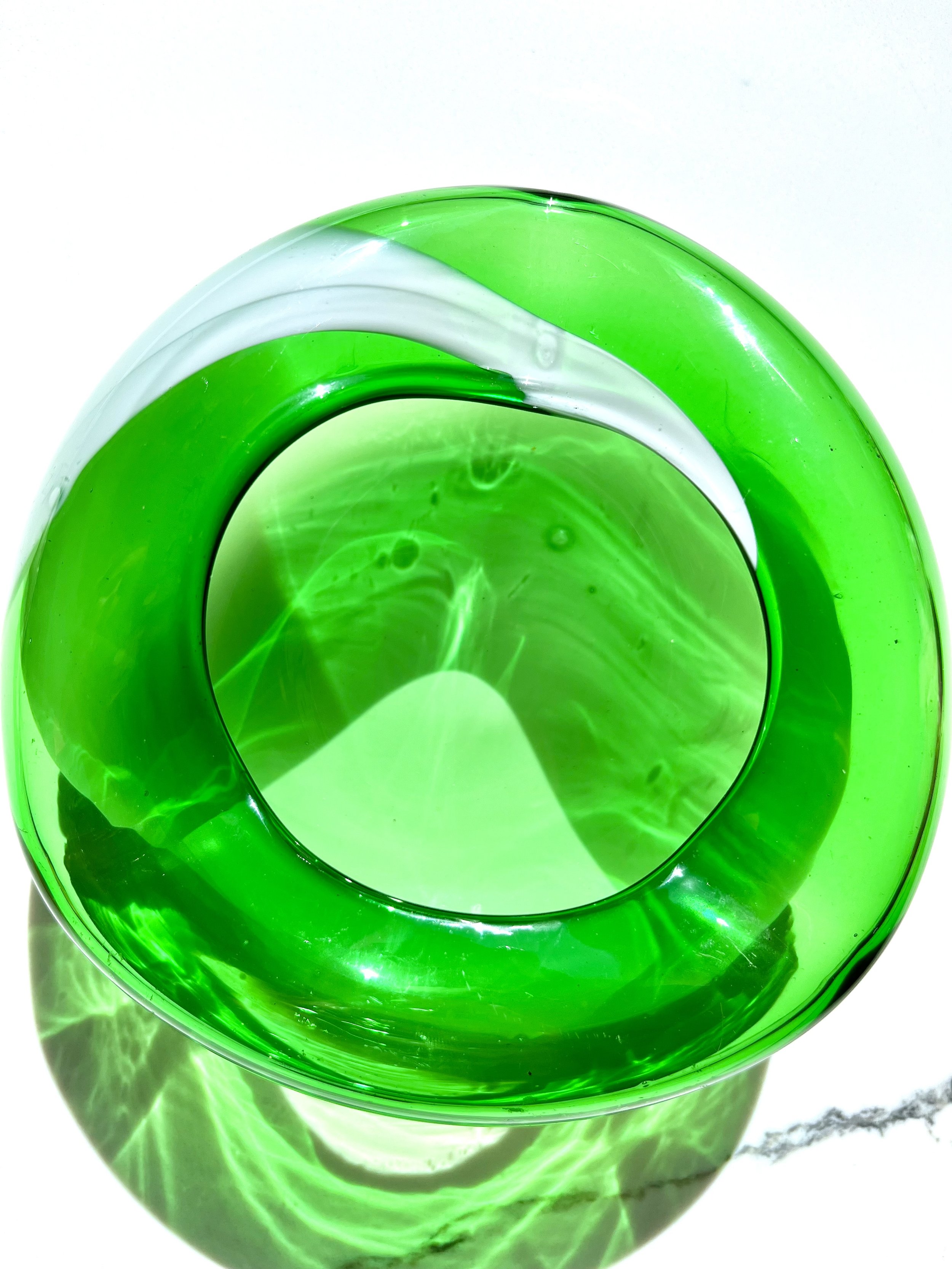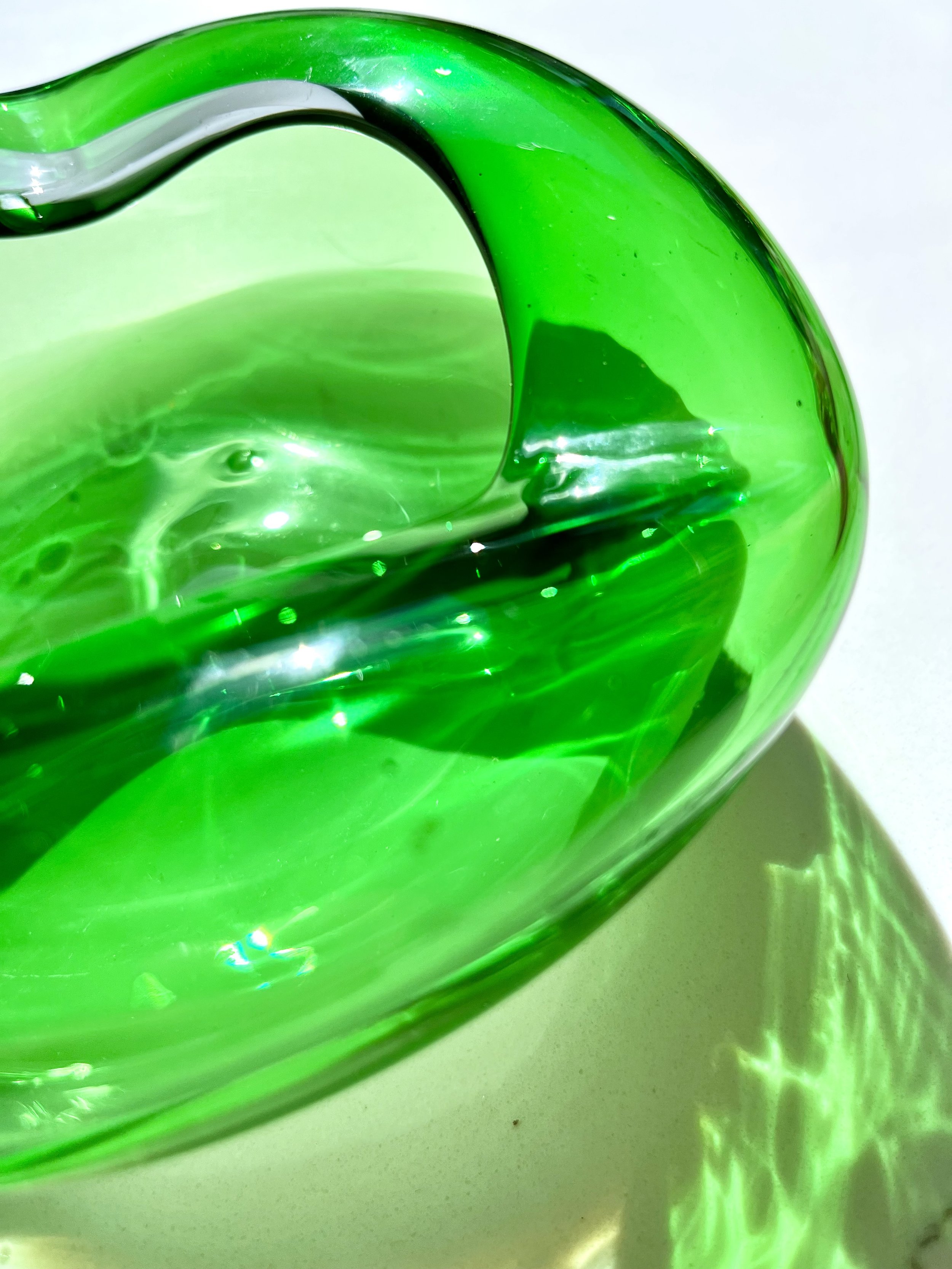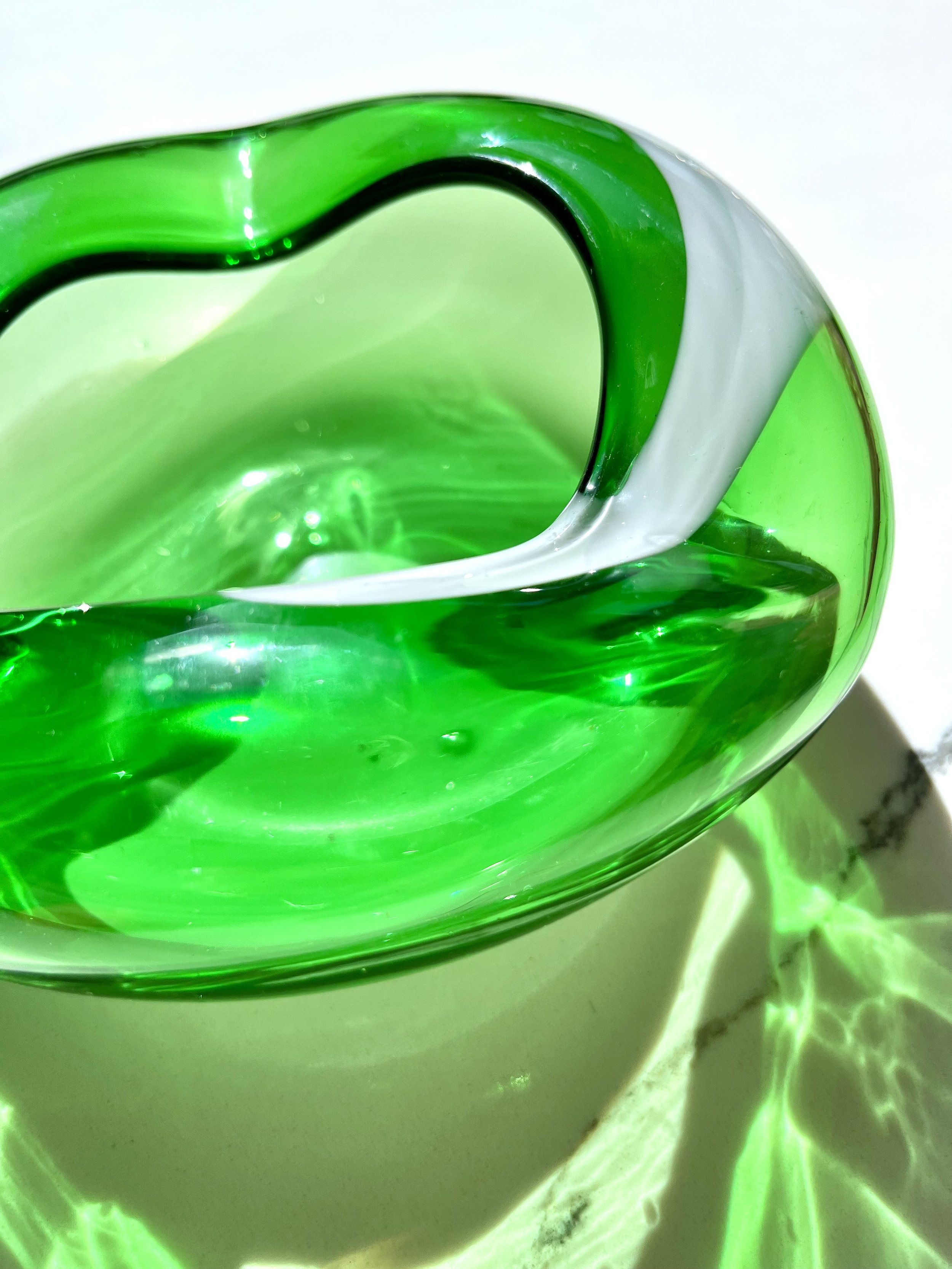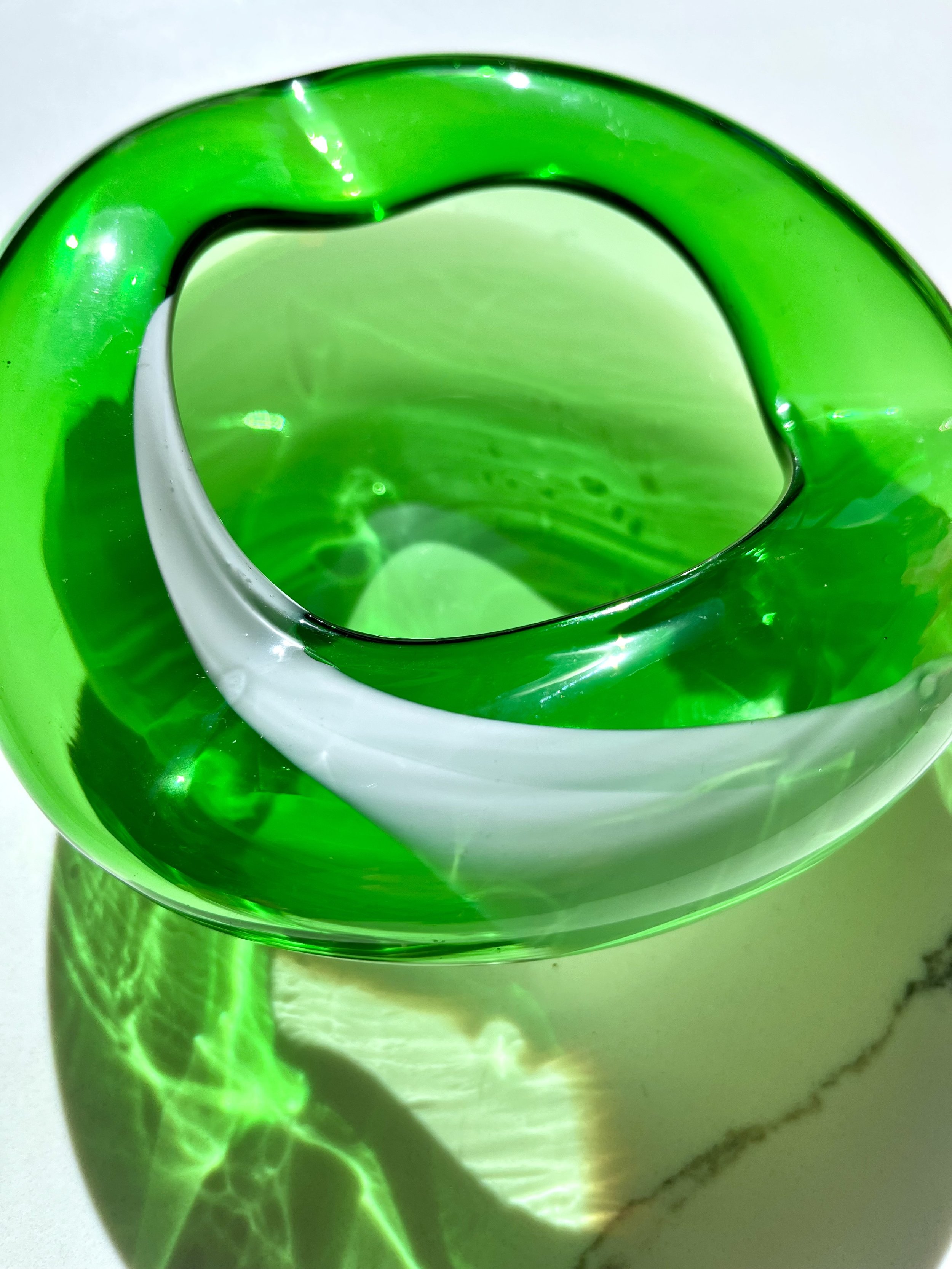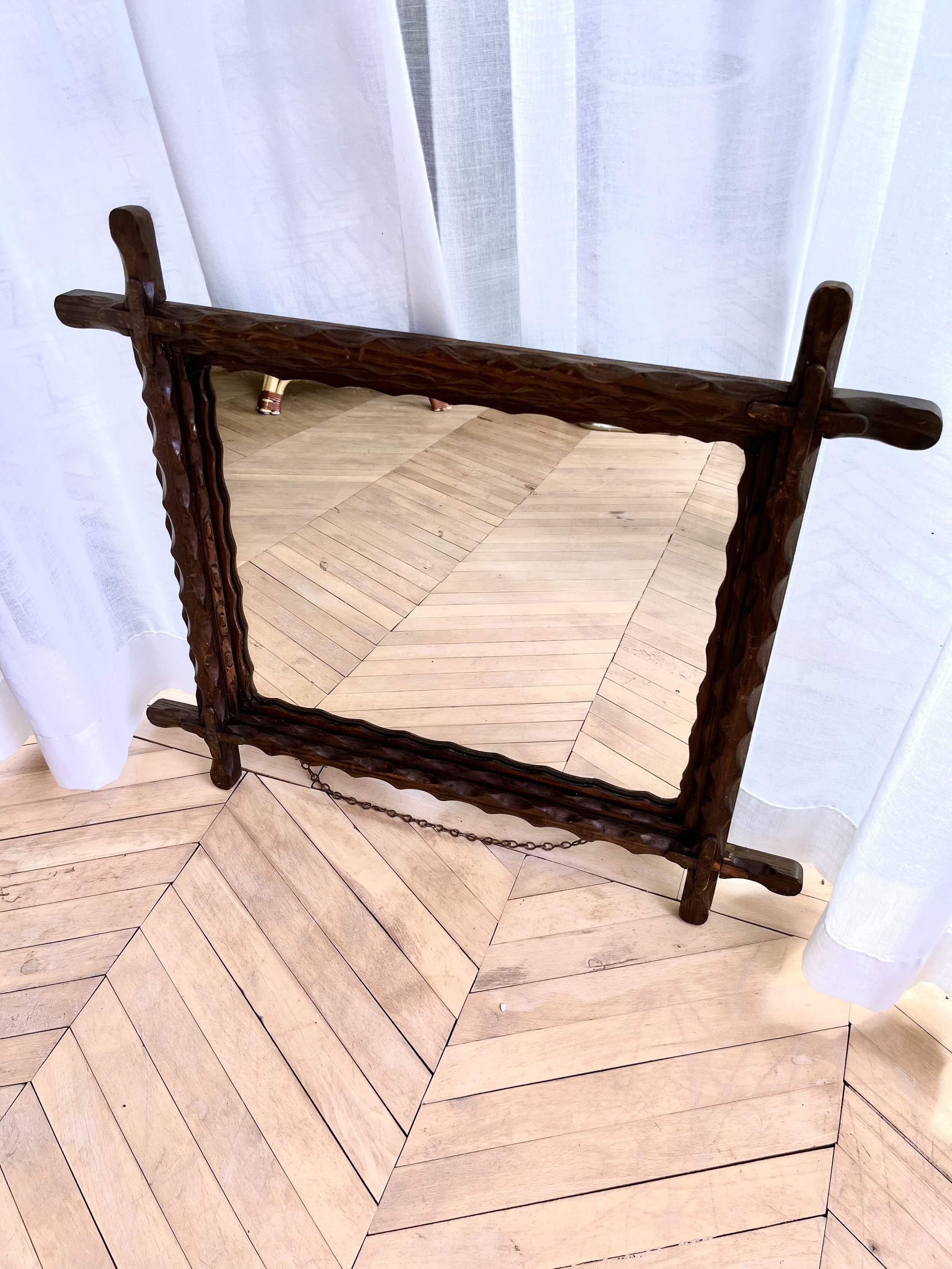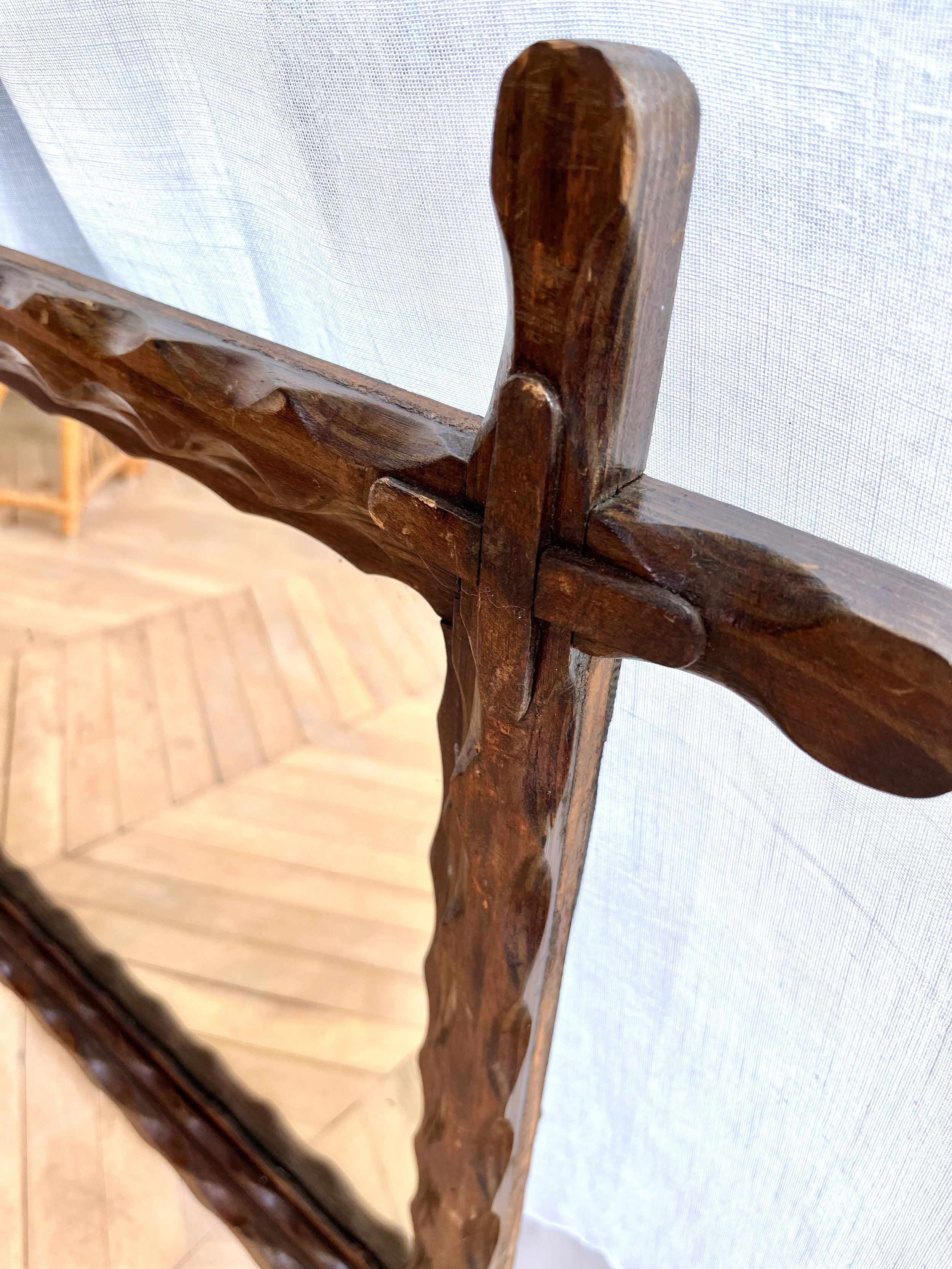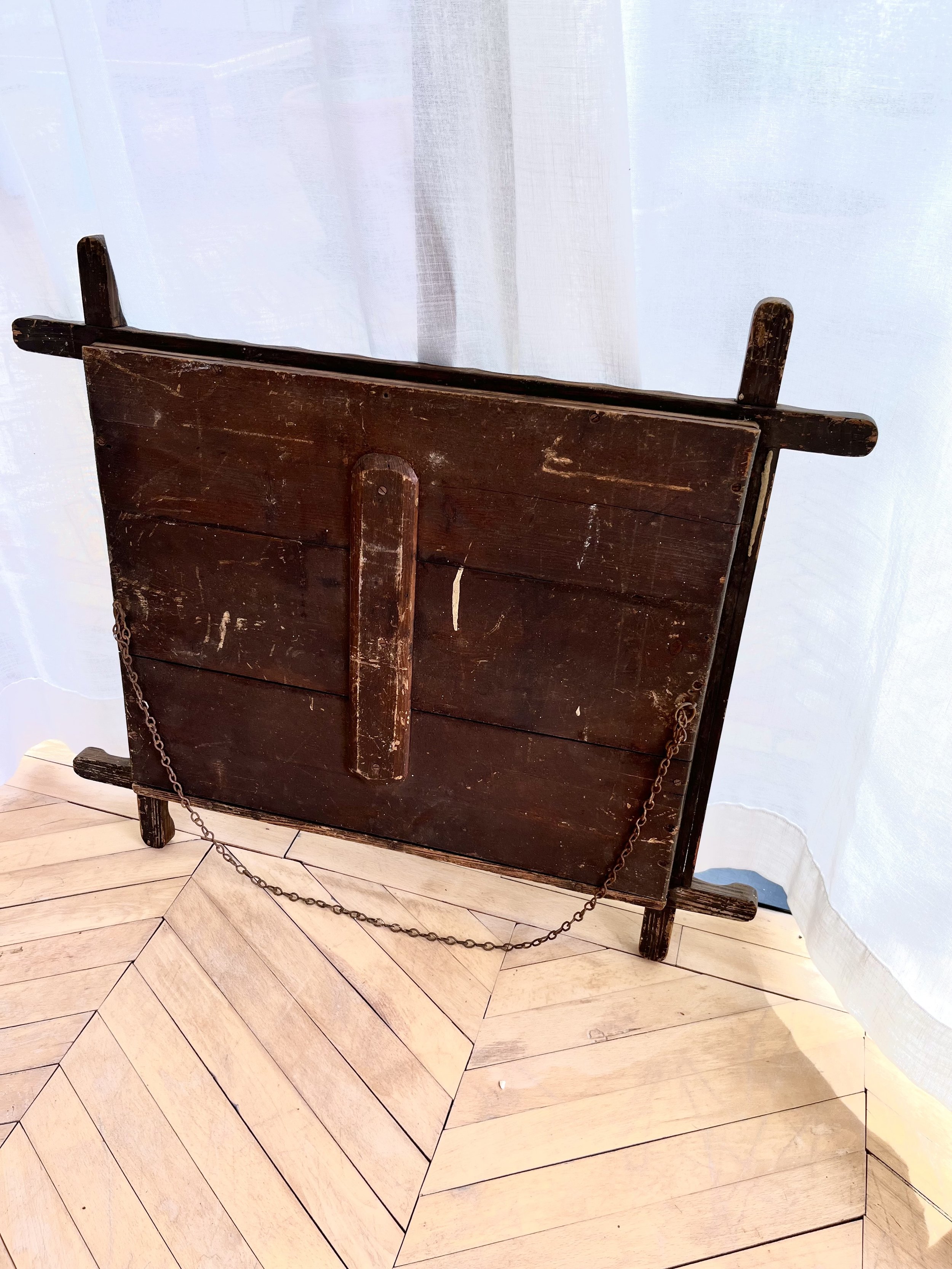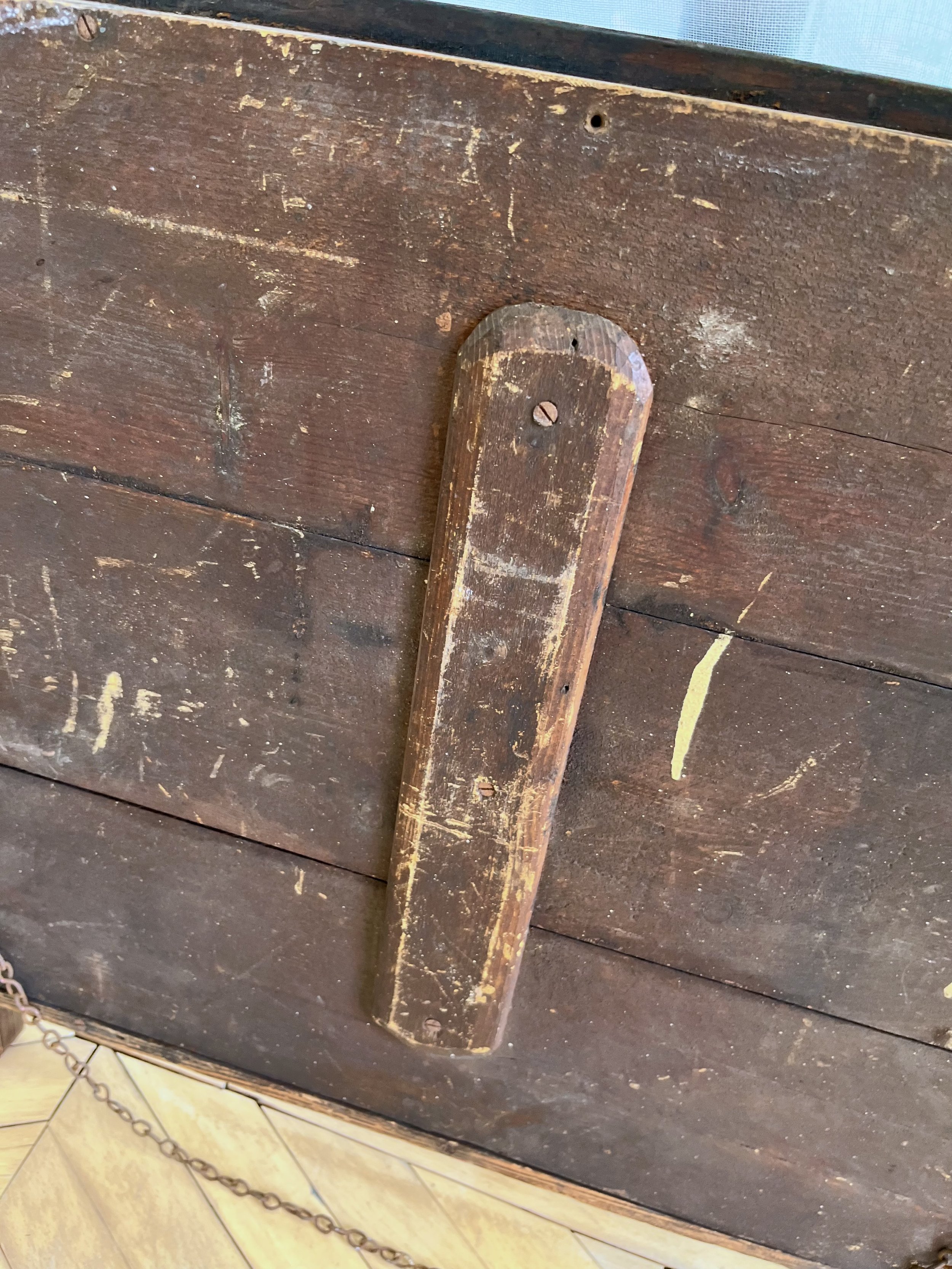 Image 1 of 11
Image 1 of 11

 Image 2 of 11
Image 2 of 11

 Image 3 of 11
Image 3 of 11

 Image 4 of 11
Image 4 of 11

 Image 5 of 11
Image 5 of 11

 Image 6 of 11
Image 6 of 11

 Image 7 of 11
Image 7 of 11

 Image 8 of 11
Image 8 of 11

 Image 9 of 11
Image 9 of 11

 Image 10 of 11
Image 10 of 11

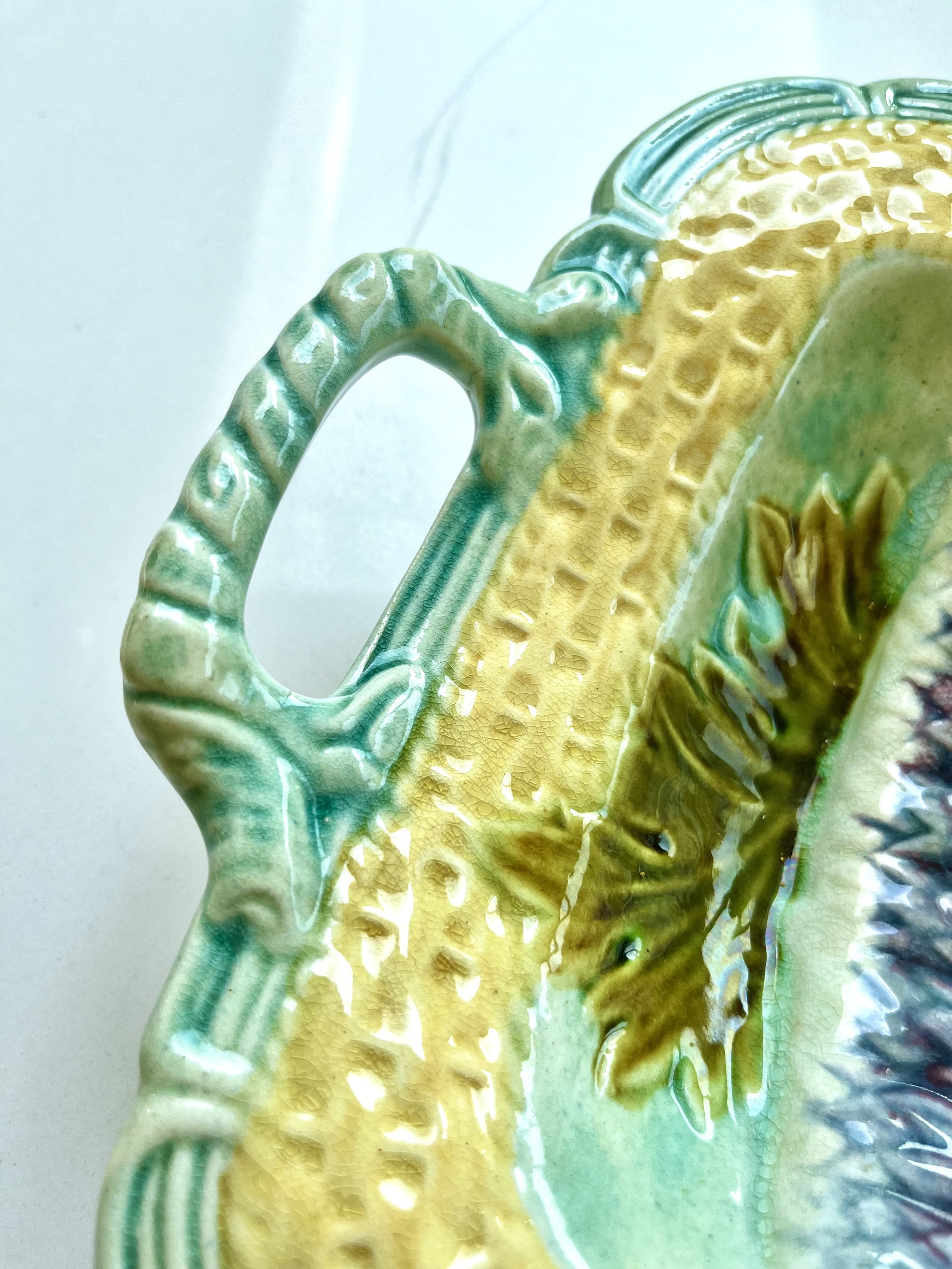 Image 11 of 11
Image 11 of 11












Antique French Majolica Ceramic Asparagus Serving Dish/Wall Art
This collector's French Majolica Asparagus serving dish was previously hung as it came with a plate hanger. This piece has a basket weave in yellow around the edge, with a scalloped rim in green. In the centre, there is a collection of purple-tipped asparagus.
HISTORY OF MAJOLICA
Herbert Minton, the English ceramist, is credited with initiating the majolica craze in 1851 by exhibiting his brilliantly glazed majolica pieces at The Great Exhibition in London. Minton’s collection of ceramics resembled the tin-glazed 16th-century Spanish and Italian earthenware called majolica. The factory’s sculpted work, featuring naturalistic shapes, colourful glazes and a humorous theme quickly became known as majolica.
French Majolica: Sarreguemines, Luneville, and St. Clement all produced delicate, well-made majolica wares, or barbotine, as it is called in French.
This collector's French Majolica Asparagus serving dish was previously hung as it came with a plate hanger. This piece has a basket weave in yellow around the edge, with a scalloped rim in green. In the centre, there is a collection of purple-tipped asparagus.
HISTORY OF MAJOLICA
Herbert Minton, the English ceramist, is credited with initiating the majolica craze in 1851 by exhibiting his brilliantly glazed majolica pieces at The Great Exhibition in London. Minton’s collection of ceramics resembled the tin-glazed 16th-century Spanish and Italian earthenware called majolica. The factory’s sculpted work, featuring naturalistic shapes, colourful glazes and a humorous theme quickly became known as majolica.
French Majolica: Sarreguemines, Luneville, and St. Clement all produced delicate, well-made majolica wares, or barbotine, as it is called in French.
This collector's French Majolica Asparagus serving dish was previously hung as it came with a plate hanger. This piece has a basket weave in yellow around the edge, with a scalloped rim in green. In the centre, there is a collection of purple-tipped asparagus.
HISTORY OF MAJOLICA
Herbert Minton, the English ceramist, is credited with initiating the majolica craze in 1851 by exhibiting his brilliantly glazed majolica pieces at The Great Exhibition in London. Minton’s collection of ceramics resembled the tin-glazed 16th-century Spanish and Italian earthenware called majolica. The factory’s sculpted work, featuring naturalistic shapes, colourful glazes and a humorous theme quickly became known as majolica.
French Majolica: Sarreguemines, Luneville, and St. Clement all produced delicate, well-made majolica wares, or barbotine, as it is called in French.
Product Information
Dimensions: H 7 cm W 41.5 cm D 24 cm
Era: 1900s
Materials: Ceramic, pottery, glaze
Condition: A vintage piece in good condition with some signs of wear and use commensurate with age. Marks to the glaze as visible in the images
Care: Please read our product care guide here.



